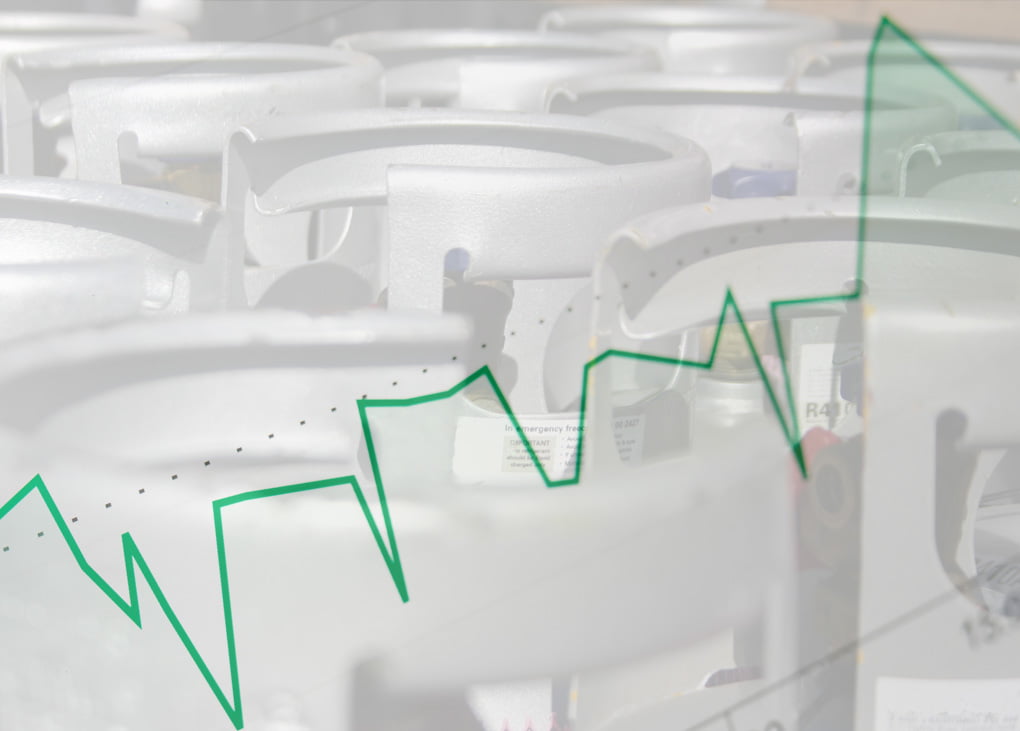A perfect storm of international forces may cause significant rises in the price of refrigerants in Australia.
The first of these pressures is the US HFC phase-down, set to begin on January 1, 2022. As occurred in other markets around the world, importers and users are stocking up before restrictions begin, leading to increased demand. Because of the sheer scale of the US market, this is having an impact on the global availability of not just refrigerants, but also cylinders and other ancillary equipment.
Another factor coming to bear on the world refrigerant market is the global shipping crisis, which has seen long delays in deliveries and soaring transport costs. The delays are of a particular concern to bulk HFC importers in Australia. Under the regulations, importers face a “use it or lose it” situation: if they do not bring in their quota of refrigerants within the two-year allocation period, it will affect their quota for the next period. The federal government is now looking at a solution to this issue.
The shipping crisis is also putting upward pressure on refrigerant prices because of increased transport costs. According to one industry expert, importers of bulk refrigerant and air conditioning equipment have seen an increase in shipping costs as high as tenfold in some cases. Although this is only a fraction of the total cost of the product, it is starting to have an impact.
Finally, refrigerant prices in China are increasing due to rising prices of raw materials and electricity restrictions. As reported in the Cooling Post, the price of R134a in China rose by more than 67 per cent in September. The price of R22 also rose by 30 per cent. Australia imports the bulk of its refrigerant from China, so the price rises will certainly put upward pressure on prices locally.
According to the industry source mentioned above, this “trifecta” of market forces has the potential to cause significant refrigerant price rises in Australia.
 Mark Vender
Mark Vender


Leave a Reply